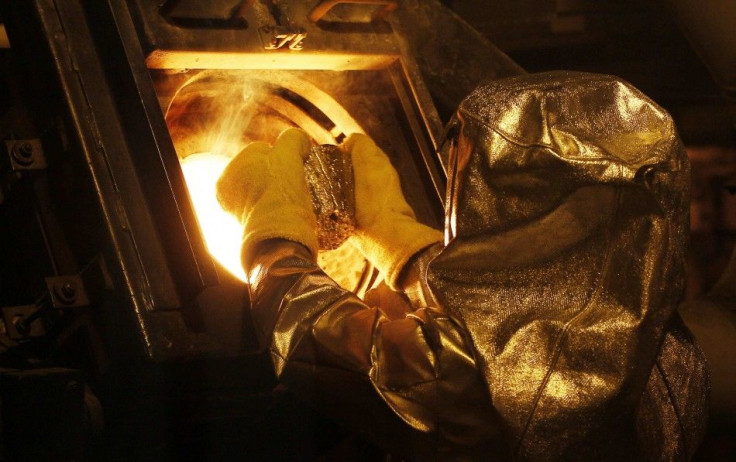Weak dollar helping Australia’s gold mine sector to dig deep, says study

Australia's gold miners are taking advantage of the weaker dollar and have ramped-up gold production despite falling prices of the yellow metal in international markets.
This has been revealed in a study, which quoted figures in support of the statement. The study was on the gold output in Australia, which is world's Number 2 producer after China. The report said the gold production in Australia had soared to 72 tonnes in the third quarter, up by one percent over the previous quarter and two percent higher than the corresponding period in 2014. The survey was conducted by sector consultants Surbiton Associates, reports Reuters.
In the past decade, South Africa was the top gold producer in the world with the United States, Australia and China following it in the next three positions.
“The declining value of the Australian dollar has once again been the great saviour of our gold sector and of the local resources industry in general,” Surbiton director Sandra Close said.
It noted that the value of Australian dollar declined from 77 US cents to around 70 US cents over the third quarter. That gave the leeway of $20 in the average gold price for Australian producers compared to the previous period, with price hovering at $1,550 per ounce, Close said. Given the current exchange rate of 72 US cents, the Australian gold price is at $1,468.99 per ounce.
Main producers
The study also mentions some big mines that increased output over the quarter. Among the Aussie miners who increased production are Super Pit mine in Western Australia, which is a joint venture of Newmont Mining Corp and Barrick Gold Corp. It jacked up production by 32,000 ounces in the third quarter compared to the second quarter.
Tanami mine posted a 10,000-ounce increase in output. Another miner Gwalia lode increased the production capacity by 15,000 ounces. Overall, in 2014, Australia produced 285 tonnes of gold compared to China’s 450 tonnes, according to industry data, the survey said.
Job loss
Meanwhile, Australia’s mining industry is set to lose an average 20,000 jobs by the end of 2018, according to the forecast by a leading research firm, which said 58 percent fall in investments will take place in the next three years.
According to BIS Shrapnel’s report "Mining in Australia 2015 to 2030,” investment has fallen 11 percent since 2014 from the peak. It plummeted to $80.3 billion at 2012-13 prices. In that process 40,000 direct jobs were shed.
However, the analysts predicted that mining production will increase six percent per year in the next five years as commodity prices or investments have not been completely grounded, reports Mining News.
"We haven’t hit bottom yet on commodity prices or investment, which will continue to be a key drag on Australian economic growth from here,” Adrian Hart, senior manager at BIS Shrapnel, said in a statement.
He said the future of mining will be driven by liquefied natural gas (LNG) exports but it will not be very labour intensive as it was during the investment phase. It will throw up more contractor opportunities in facilities management.
For feedback/comments, contact the writer at feedback@ibtimes.com.au or let us know what you think below.






